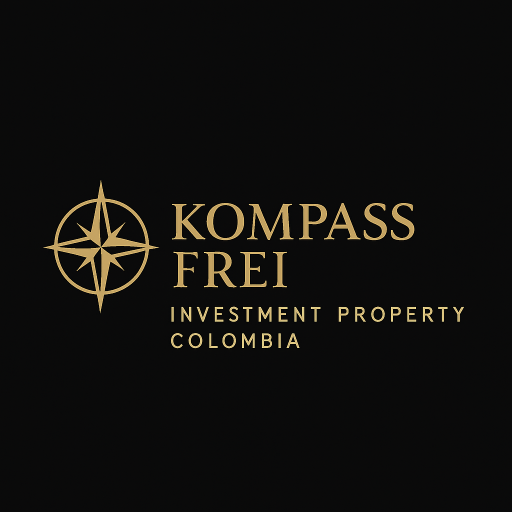When buying a house, to what extent are you investing in a Culture?
And to what extent does this decision affect your Economy?

5:30 a.m. The first light over La Fe Reservoir, seen from a Sierra Blanca apartment in El Retiro—where the day begins in quiet balance.
“When you buy stocks, you are investing in a Company (or a Company’s Management Team). When you buy a house, you are investing in the local Government, who charges taxes. When you buy Art, you are investing in a Culture.” — Michael Saylor, frontman of STRATEGY, the world’s largest BTC-based company.
Although some real estate properties might look like works of art, this article is not about those exceptional cases. It is aimed at people who, being able to afford a home, are nevertheless concerned about the mid- and long-term costs of owning one.
Take Spain, and specifically Catalonia, as an example. Before even moving into your newly acquired flat, you must pay 10% of the selling price in taxes (the ITP, or Transfer Tax). Buyers under 32 enjoy a 50% reduction, but the rest must pay in full. What has become “normal” nowadays is, in reality, a cultural acceptance of heavy taxation—one that increasingly burdens especially foreign buyers.
Once this first hurdle is cleared, further expenses may arise: ensuring the property is structurally solid to avoid costly refurbishment. Neither taxes nor refurbishment expenses yield short-term returns, raising the question: what profit do you expect from your money? As Saylor and other financial experts remind us, if your growth rate is below 10% annually, you are eroding your wealth.
In other words, real estate must be understood as a Store of Value—and that value depends on the Culture you are buying into.
From Barcelona to Colombia: Two Cultural Models
When I bought my first flat in Barcelona, I wasn’t eager to live in a city. Coming out of a failed start-up abroad, my priority was to secure a roof over my family’s head—something that could withstand economic uncertainty, provide stability for my 16-year-old daughter as she prepared for college, and still be profitable if sold later.
We acquired a 68 m² apartment for €244,000 and sold it two years later for €298,000. We did so because, at the same time, an opportunity arose in South America: a long-sought apartment in Colombia was put up for sale.
Why Colombia?
- No ITP tax – unlike Spain, the absence of a property transfer tax was a major advantage.
- Exchange rate leverage – property values are still often referenced in euros or dollars, allowing international buyers to negotiate from a position of strength.
- Construction quality – surprisingly, the building standards in Colombia, especially in recent projects, often surpass those of Europe. In Barcelona, for instance, entire neighborhoods still struggle with aluminosis from poor construction practices of the ’70s and ’80s. In Colombia, for nearly half the price, you may find exponentially higher quality.
A Case in Point
We invested €210,000 in a nearly new apartment within a private condo, with 360º views and free access to water and forest. For us, it was an obvious decision: living close to nature and the most valuable resource of all—water—while maintaining proximity to a major city and transport infrastructure.
Yet, challenges remain. Banking bureaucracy, linguistic differences, and unique local practices—such as transferring rights from one property to a constructor, which creates layers of intermediaries—require patience and the right guidance.
Final Thoughts
Whether in Spain or Colombia, buying property is never just about the house itself. It is about the Culture, the Economy, and the Governance system you are investing in. Understanding these layers is crucial if you want real estate not only as a home, but also as a reliable store of value.
At KOMPASS FREI SAS Investment Property, we help investors navigate these complexities, ensuring their project aligns with both their budget and their dreams.
If you have any questions, feel free to contact us—we will be glad to serve you.

Leave a Reply